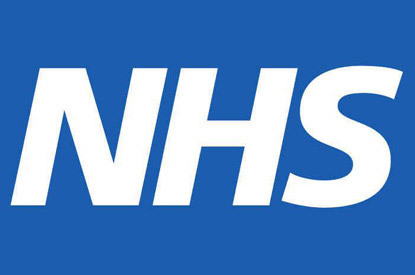 Every few years we unearth another hospital scandal in which we discover, all too late, that many patients have needlessly died. On the face of it there is no common theme to these failures: the bug clostridium dificille at Stoke Mandeville, possibly similar infections at Maidstone & Tunbridge Wells; emergency admissions at Mid-Staffordshire, and possibly poor hygiene at Basildon & Thurrock. But, as The Sun points out today, it seems that the Department of Health was warned in the strongest terms about flaws in the healthcare oversight mechanism.
Every few years we unearth another hospital scandal in which we discover, all too late, that many patients have needlessly died. On the face of it there is no common theme to these failures: the bug clostridium dificille at Stoke Mandeville, possibly similar infections at Maidstone & Tunbridge Wells; emergency admissions at Mid-Staffordshire, and possibly poor hygiene at Basildon & Thurrock. But, as The Sun points out today, it seems that the Department of Health was warned in the strongest terms about flaws in the healthcare oversight mechanism.
It is astounding that there is no system of performance improvement in the NHS. But suppose there was. If we could, say, spot increased mortality at any hospital on a monthly basis we could prevent temporary problems turning into scandals. But, there is already a way to do that. The Hospital Standardised Mortality Ratio (HSMR) was developed here in the UK. It accounts for different risk factors so that hospitals undertaking complex operations, or dealing with critical patients, are not painted in a poor light. It measures the hospital’s actual performance against what is expected and so can give an early warning to inspectors, regulators, clinicians, journalists and patients. HSMRs have been around for many years and consequently they have large evidence base which shows that they are reliable and robust.
But HSMRs aren’t the preferred hospital performance measure of the Department of Health. Although the Care Quality Commission (CQC) – the health regulator – does monitor mortality rates it does not publish them amongst its list of core indicators. This almost makes the UK a statistical outlier, as more and more countries around the world are adopting and publishing HSMRs as part of their hospital performance improvement plan. Indeed, the persistently high HSMRs at Mid-Staffordshire, which led the regulator to pursue its investigation, was brought to attention by the health informatics company, Dr Foster.
Dr Foster, and the Research Unit at Imperial College, have pioneered the use of HSMRs; they calculate them on a monthly basis and publish results for all hospitals each year in their Good Hospital Guide. This tends to cause a storm when it is published and at the end of last year the tempest was about Basildon & Thurrock which had high mortality rates, yet a glowing report from the CQC. Following this year’s media storm, the Chair of the CQC, who it seems was in favour of greater enforcement powers for the health regulator, resigned from her new post.
In fact, critics of HSMRs have emerged in the NHS. In work commissioned by West Midlands Strategic Health Authority (SHA), a few Birmingham University academics have unsuccessfully attempted to attack the statistical validity of HSMRs. A more reasonable charge against HSMRs would be that they are not a complete measure of hospital performance, and that is true. But no-one is suggesting that they should be the only measure of hospital performance, although it is interesting to note that the only consistency in the hospital scandals in the last few years has been the failure of the regulatory scheme to identify them at all, and the
consistency of HSMRs to spot them early.
Interestingly, since the scandal at Mid-Staffordshire hospital has been brought into the public domain its HSMR has reduced dramatically. Dr Foster finds that Mid-Staffordshire improved its mortality ratio by 34 percent over the past three years. Lives have been saved. So why aren’t HSMRs part of an early warning and performance improvement system in the NHS? Perhaps something to do with the “pervasive culture of fear in the NHS and Department of Health” which has been noted by one of the world’s leading patient safety organizations?
Henry Featherstone is Head of Policy Exchange’s Health and Social Care Unit.






Comments